MINI Cooper looks to the future with its first electric car
After a hiatus, the first electric MINI Cooper S has finally arrived and it does not disappoint
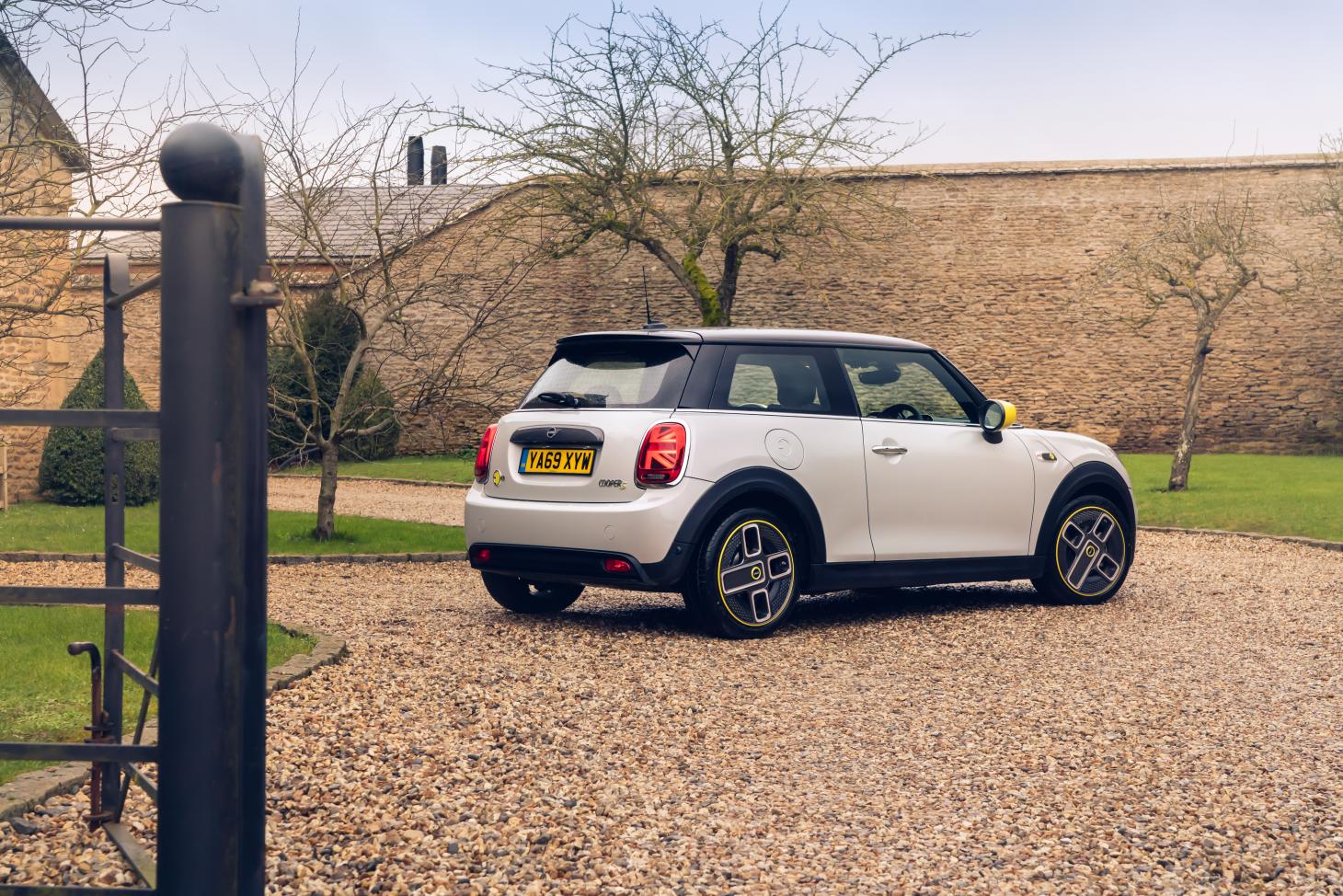
MINI began its electric drive experience at Plant Oxford, where we were treated to the making of a MINI Electric car, a complex scene that shows the newly electrified vehicles sharing their assembly line with conventional petrol and diesel cars. This facility can make up to 1,000 cars a day, one every 67 seconds, with the flexibility to build MINI Electrics on demand. So far, there have been 2,000 pre-orders in the UK alone.
The first electric MINI arrives after a hiatus, following concept cars and consumer tests. As we depart Oxford towards the Cotswolds, it's clear that MINI has captured the character of its regular models in this pure electric version; superbly sprightly to run, together with the familiar go-kart driving feel. There is improved weight distribution with the new suspension technology allowing a centre of gravity that is some 30mm lower than in the Cooper S, and there is some weight loss over the front wheels due to the positioning of the electric motor. All this, we are told, contributes to the dynamic driving experience.
Performance stays close to the hot-hatch MINI Cooper S. The battery pack is arranged in a T-shaped in the vehicle floor between the front seats and below the rear seats, for a capacity of 32.6 kWh. The motor is the latest, powerful version of BMW’s synchronous electric motor for a maximum output of 184 horsepower and torque of 270 Nm with acceleration to 62 mph in a decent 7.3 seconds. To charge, you can use a home and public cable, which come as standard with the car and are designed for AC and DC charging. At a 50kW DC fast-charging station, an 80 per cent charge is reached in 35 minutes. Then, to comply with EU regulations and to warn pedestrians on low speeds and in cities, the MINI Electric comes replete with its own distinctive musical note.
This may be a highly technical car, yet the design does little to convey this message. Instead, the looks and size are similar to the three-door MINI Hatch, with some aesthetic electric tweaks – embossed electric branded logos on the side scuttles, tailgate and radiator grille. The latter features the classic hexagonal shape, closed here since electric cars requires little cooling. This feature, alongside enclosed undercarriage, the rear apron and the 17-inch two-tone wheels, helps improve the car’s overall aerodynamics.
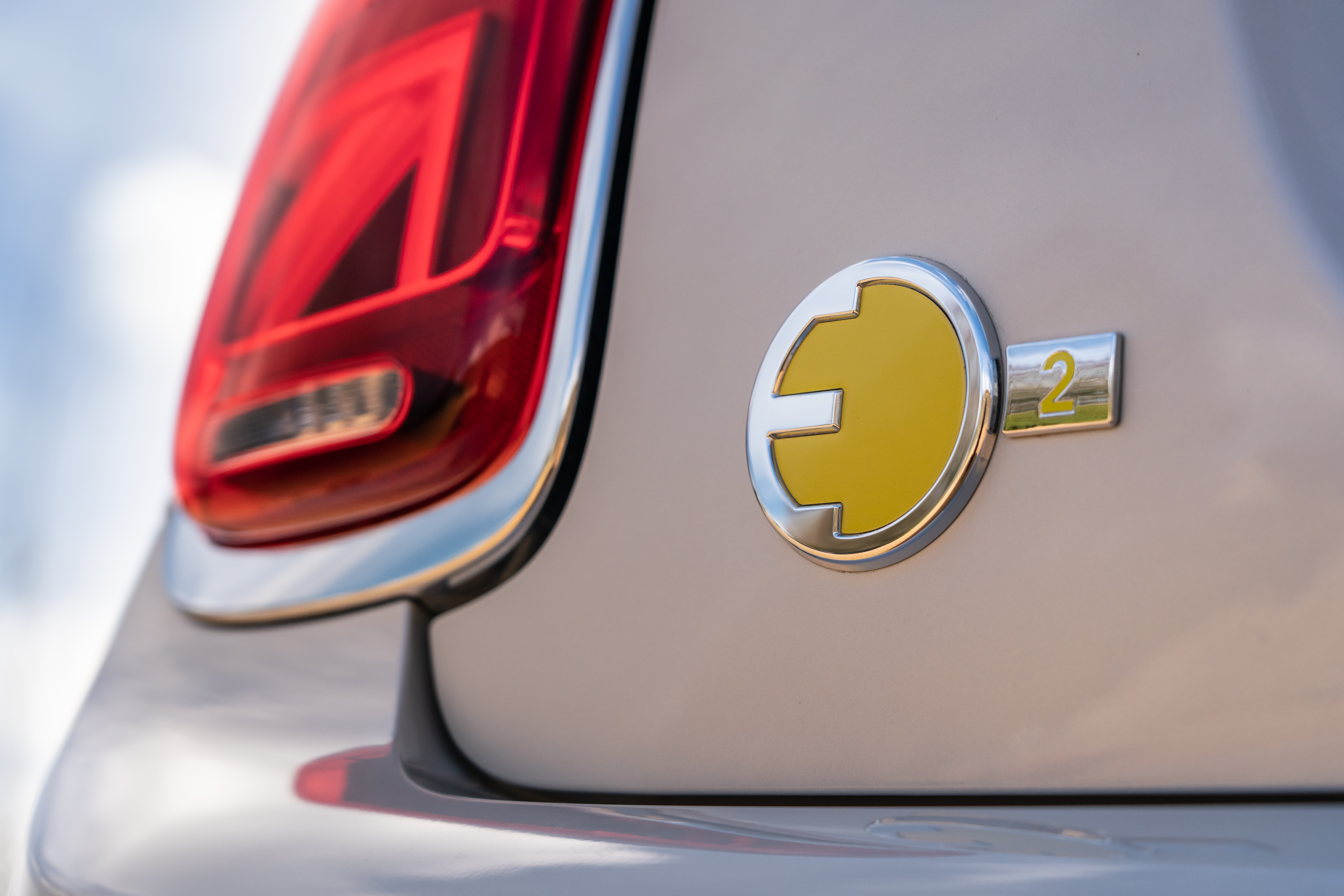
When we met the marque’s design director Oliver Heilmer a few months ago, he expressed strong views on the subject of visually communicating electric cars. Whereas some brands, he feels, need to be bold about their technology and sustainability ethics, MINI has a different response. ‘Our drivers care about the technology, but this is not why they buy these cars. They want to personalise them,’ he says, adding that the cars are largely seen as fashion items. MINI is encouraging customers to personalise their cars. So, regardless of the trim level, all exterior finishes can be combined with roof and exterior mirror caps in body finish, or in black or white. You can also customise your alloys in 16 and 17 inches, including the exclusive Corona Spoke alloy designed for this car. Heilmer feels customisation will be an even big focus for MINI in the future.
The interior design also evolves that of the non-electric siblings. The main differentiator is the digital dashboard with a 5.5-inch colour screen positioned behind the steering wheel through which the driver can select a preferable driving mode and monitor battery range, observe speed, traffic information and navigate to the nearest charging station. There are four driving modes to choose from – Sport, Mid, Green and Green+. The last is especially handy for emergency situations when the MINI autonomously deactivates all extra comfort functions such as air conditioning to save power. Tested, it works rather well to alarm the driver, even if it may also set off panic sirens. Finally, when charging, in a classic MINI cheeky way, the dash colour hue moves progressively towards green.
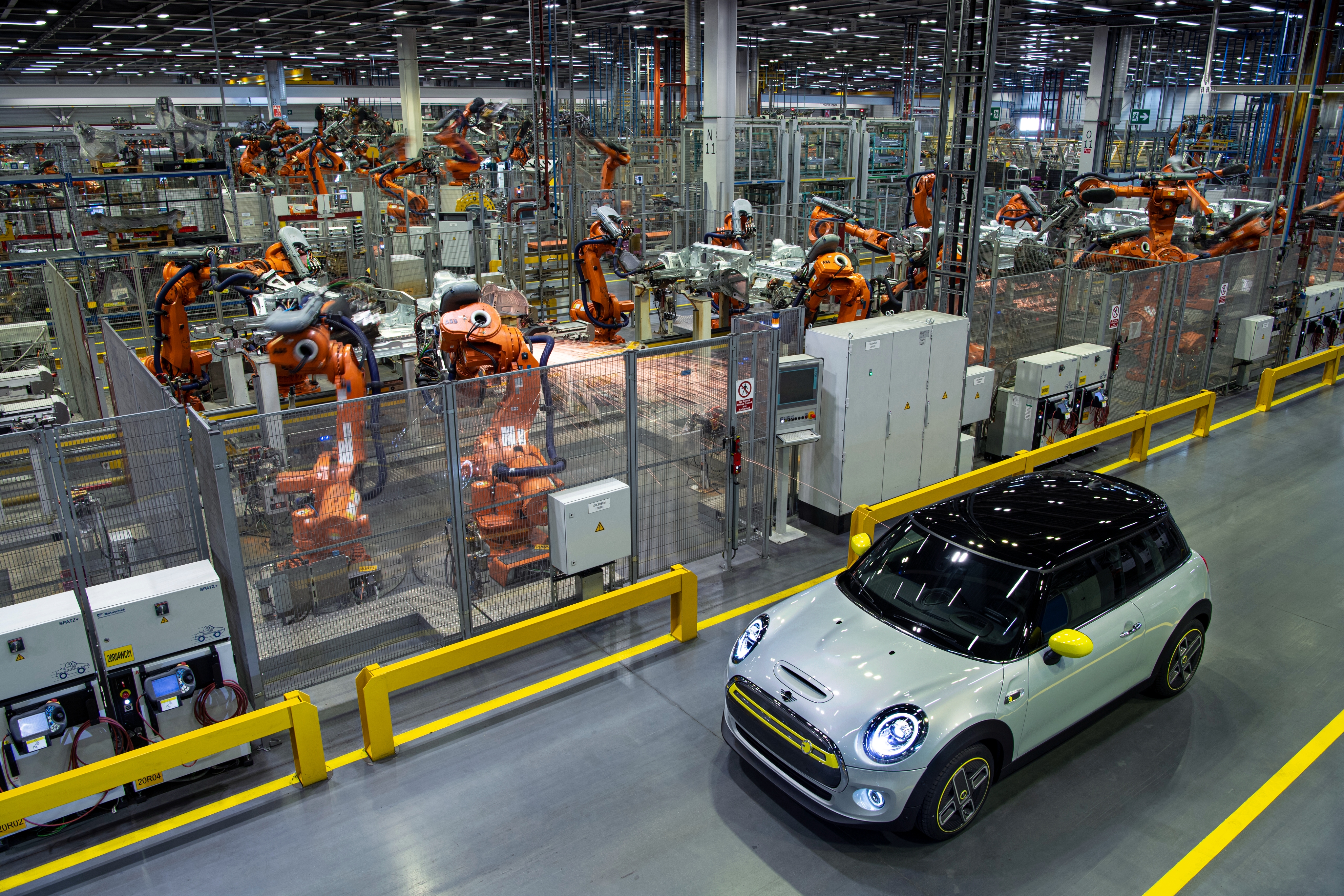
The MINI Electric design may seem a touch cautious, yet this is a highly accomplished product. The makers have spent time developing the car, since 2008 quietly testing the concept through the MINI E pilot project. Feedback and findings from potential customers’ interactions and reactions have helped form this production car. Sir Alec Issigonis's original, launched in 1959, was an egalitarian car born into volatile socio-political times when the Suez Crisis forced an oil shortage and the need for more affordable motoring. We’re now facing even more uncertain times and much bigger challenges. Our driving route during the second day takes us to a wind farm, where we are encouraged to brave the strong gusts and biting cold and climb inside a wind turbine as an engineer explains the mechanics of this slightly daunting object, energy from which will theoretically power the MINI Electric and its kind.
As we hand over the keys, we are presented with a selection of experts working towards a sustainable eco-system to support the growing number of electric cars occupying our roads. One discusses the possibilities of renewable energy, the other offers ideas on the reuse of end-of-life batteries. Making privately owned electric cars an ecological and ethical argument will require this kind of collective vision. It still feels like early days in the quest for a completely sustainable model, but it is good to see MINI starting to take a more holistic approach.
INFORMATION
MINI Electric, available from March 2020, from £24,400
www.mini.co.uk
Wallpaper* Newsletter
Receive our daily digest of inspiration, escapism and design stories from around the world direct to your inbox.
A writer and editor based in London, Nargess contributes to various international publications on all aspects of culture. She is editorial director on Voices, a US publication on wine, and has authored a few lifestyle books, including The Life Negroni.
-
 At the Regent Street Sensorium, architectural jelly sculptures are designed to ignite the senses
At the Regent Street Sensorium, architectural jelly sculptures are designed to ignite the sensesDelve into the history of London’s Regent Street through a jellyscape, a fragrance cloud and more – plus, for the event’s final week, two new immersive workshops (ends 27 April)
By Tianna Williams
-
 With scenography by OMA, Dior’s ‘Designer of Dreams’ exhibition in Seoul is ‘a piece of theatre’
With scenography by OMA, Dior’s ‘Designer of Dreams’ exhibition in Seoul is ‘a piece of theatre’OMA partner Shohei Shigematsu catches up with Wallpaper* about the dramatic show design for the latest iteration of ‘Christian Dior: Designer of Dreams’, which opened in Seoul this weekend
By Daven Wu
-
 Mercedes-Benz previews its next-gen people mover with an ultra-luxury EV concept
Mercedes-Benz previews its next-gen people mover with an ultra-luxury EV conceptThe Mercedes-Benz Vision V Concept is an art deco picture palace on wheels, designed to immerse passengers in parallel worlds as they travel
By Jonathan Bell
-
 Mercedes-Benz previews its next-gen people mover with an ultra-luxury EV concept
Mercedes-Benz previews its next-gen people mover with an ultra-luxury EV conceptThe Mercedes-Benz Vision V Concept is an art deco picture palace on wheels, designed to immerse passengers in parallel worlds as they travel
By Jonathan Bell
-
 2025 Seoul Mobility Show report: all that's new and notable
2025 Seoul Mobility Show report: all that's new and notableOpened at a time of high national drama, the 2025 Seoul Mobility Show has gone on to underscore Korea’s place at the cutting edge of the auto industry. Guy Bird was there
By Guy Bird
-
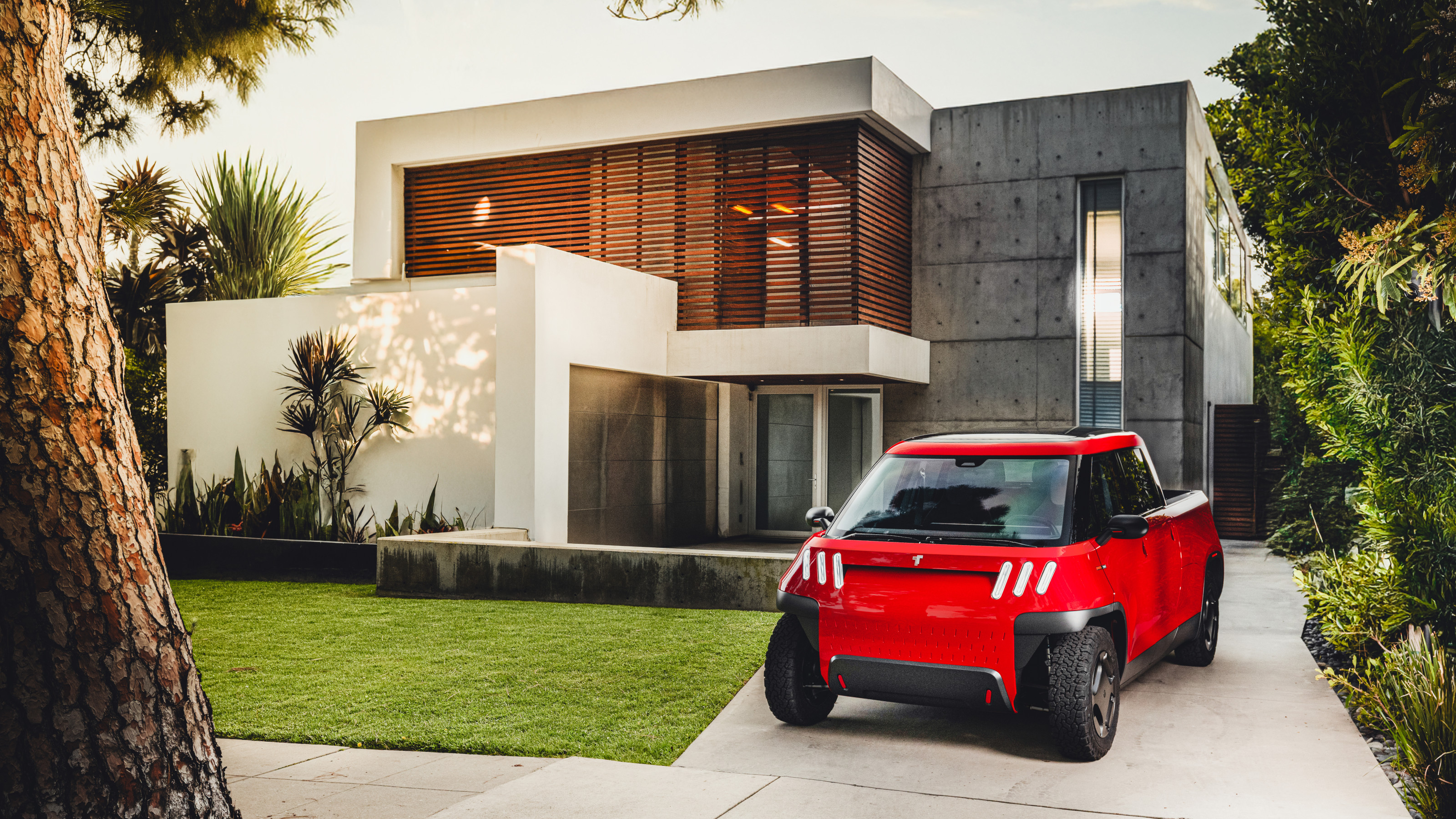 Meet the final drivable prototype of the Telo MT1 pickup truck, shaped by Fuseproject
Meet the final drivable prototype of the Telo MT1 pickup truck, shaped by FuseprojectThe Telo MT1 is a modestly scaled EV that turns the traditional all-American approach to pick-up truck design on its head
By Jonathan Bell
-
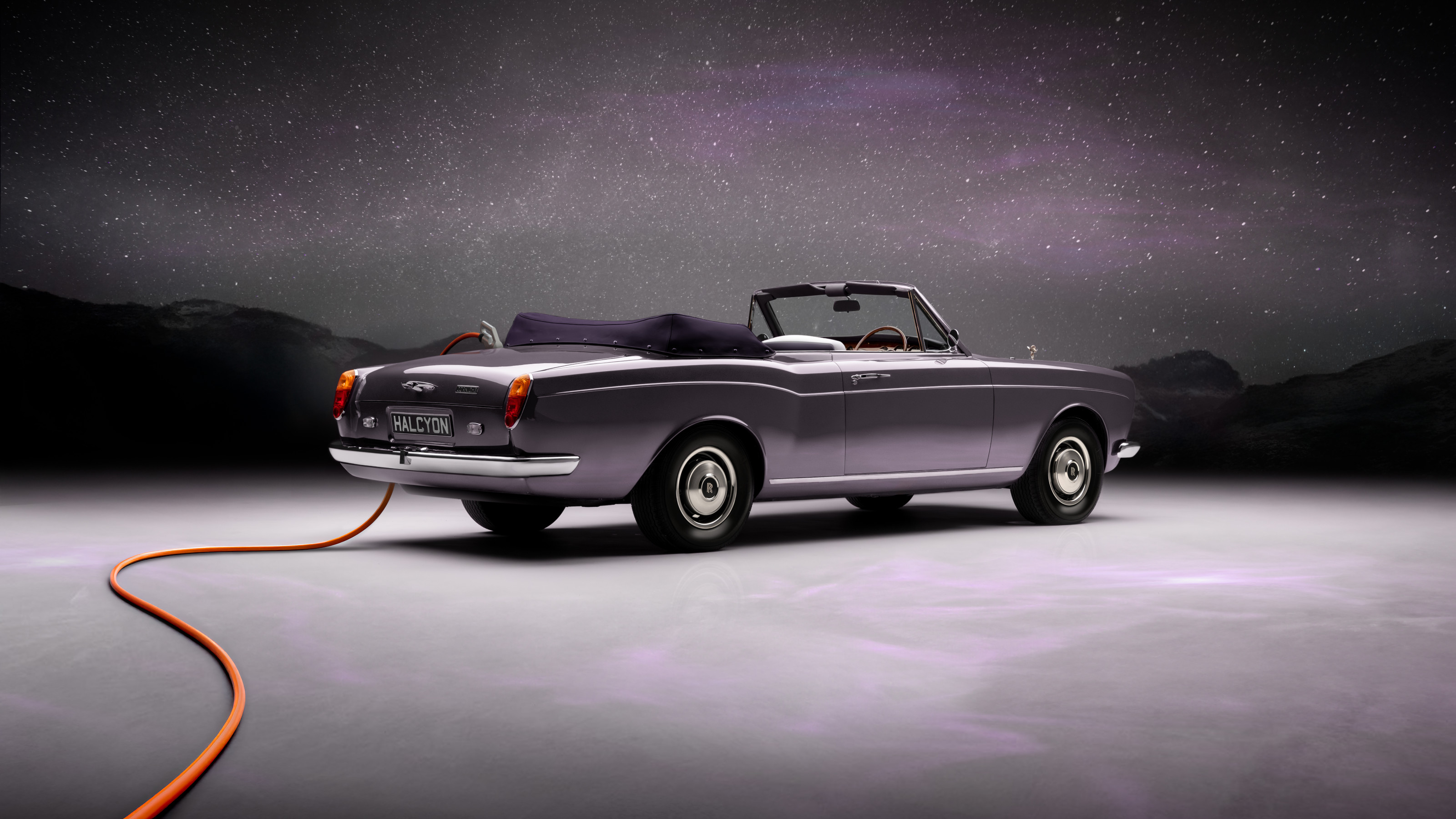 EV start-up Halcyon transforms a classic 1970s Rolls-Royce into a smooth electric operator
EV start-up Halcyon transforms a classic 1970s Rolls-Royce into a smooth electric operatorThis 1978 Rolls-Royce Corniche is the first fruit of a new electric restomod company, the Surrey-based Halcyon
By Jonathan Bell
-
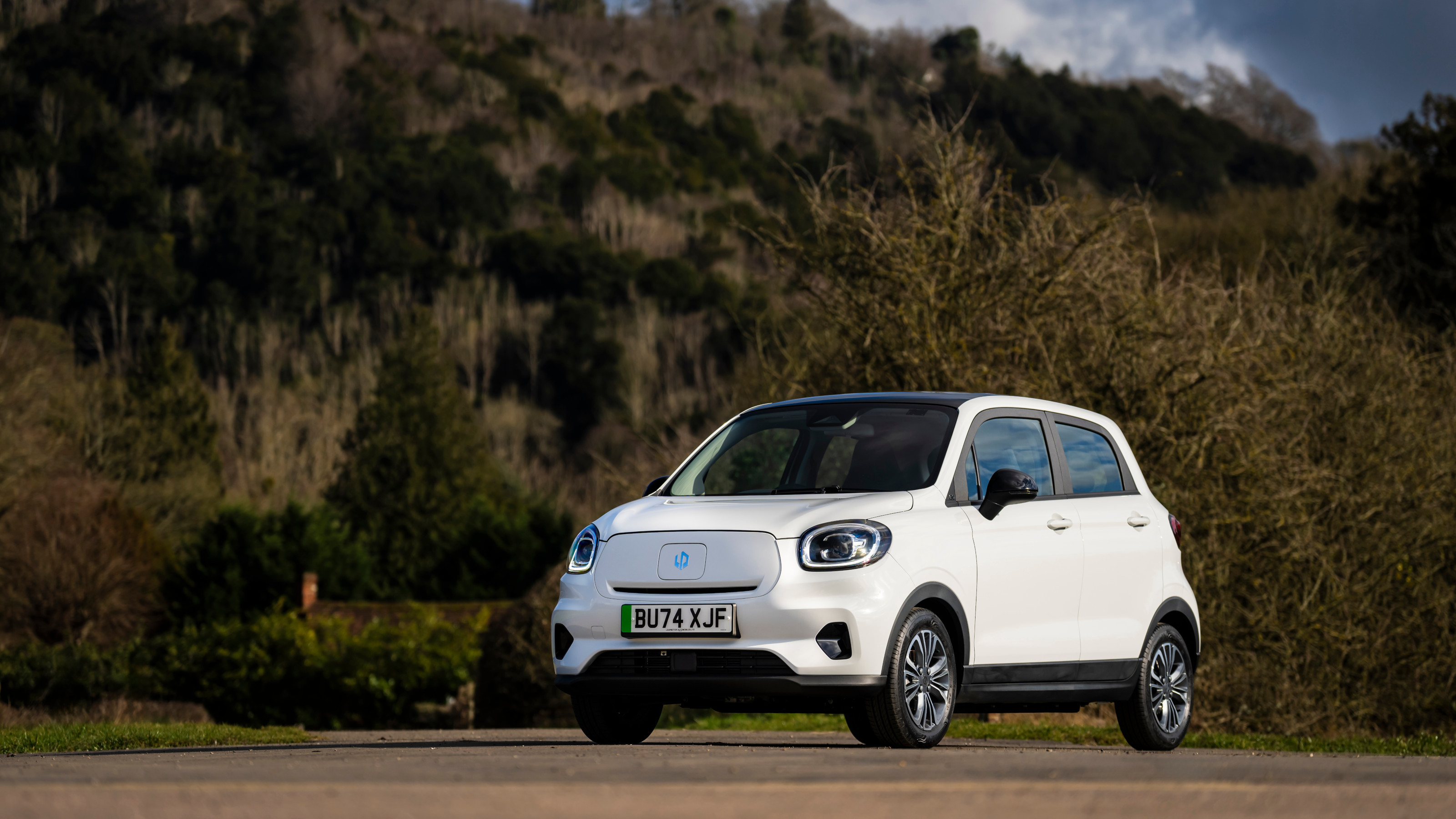 China’s Leapmotor pounces on the European car market with its T03 city car and C10 SUV
China’s Leapmotor pounces on the European car market with its T03 city car and C10 SUVLeapmotor’s tiny electric city car could be just the tonic for cramped urban Europe. We sample the T03 and its new sibling, the fully loaded C10 SUV, to see if the company’s value proposition stacks up
By Jonathan Bell
-
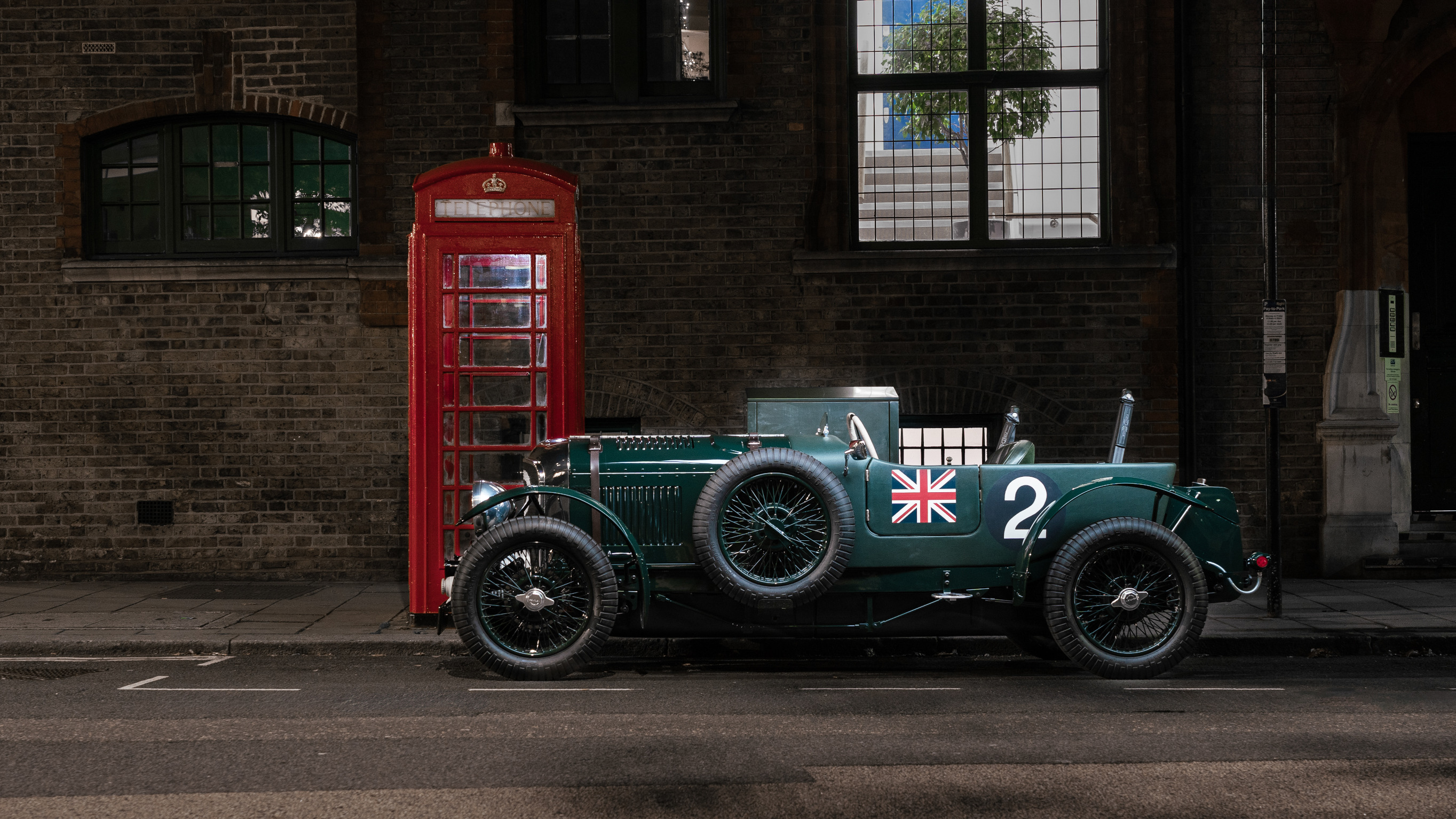 Wallpaper* takes the wheel of the Bentley Blower Jnr for a rich automotive experience
Wallpaper* takes the wheel of the Bentley Blower Jnr for a rich automotive experienceHedley Studios has shrunk the mighty Bentley Blower into this all-electric, road-legal barnstormer. We take it to the streets of London
By Jonathan Bell
-
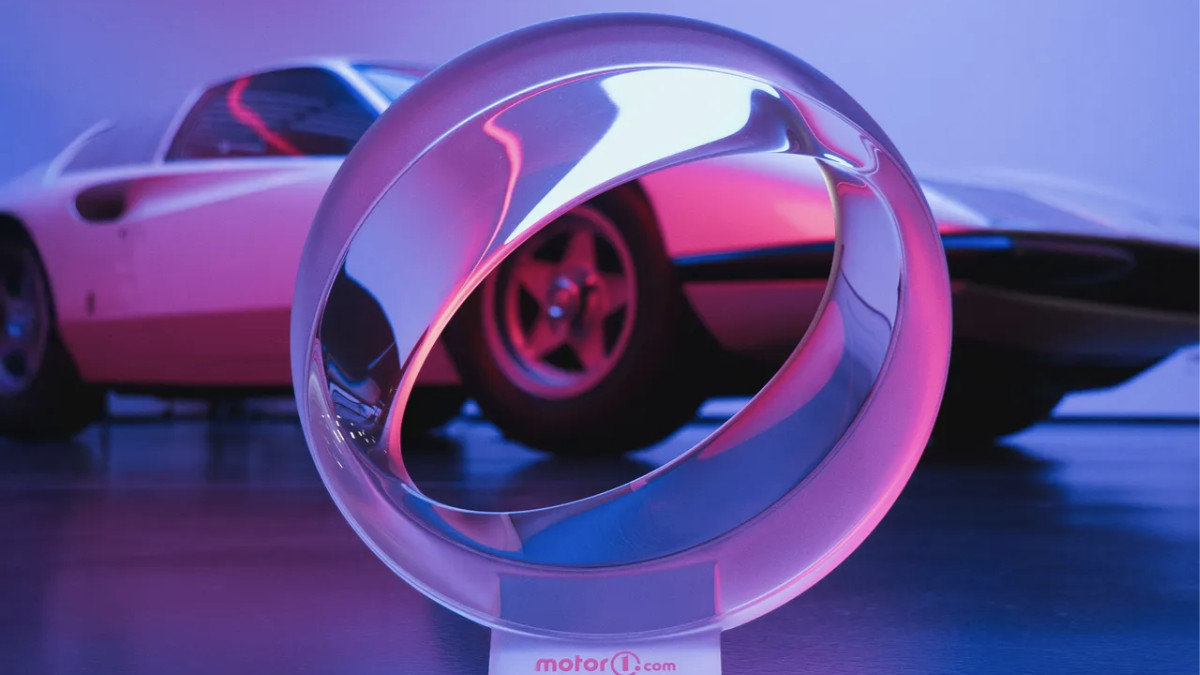 We are the world: Pininfarina’s ‘Orbis’ taps Papal support for an eco-friendly agenda
We are the world: Pininfarina’s ‘Orbis’ taps Papal support for an eco-friendly agendaThe Orbis is a ‘symbolic object’, a gift to Pope Francis from the Italian design agency at a time of political upheaval and social fracture around all aspects of sustainability
By Jonathan Bell
-
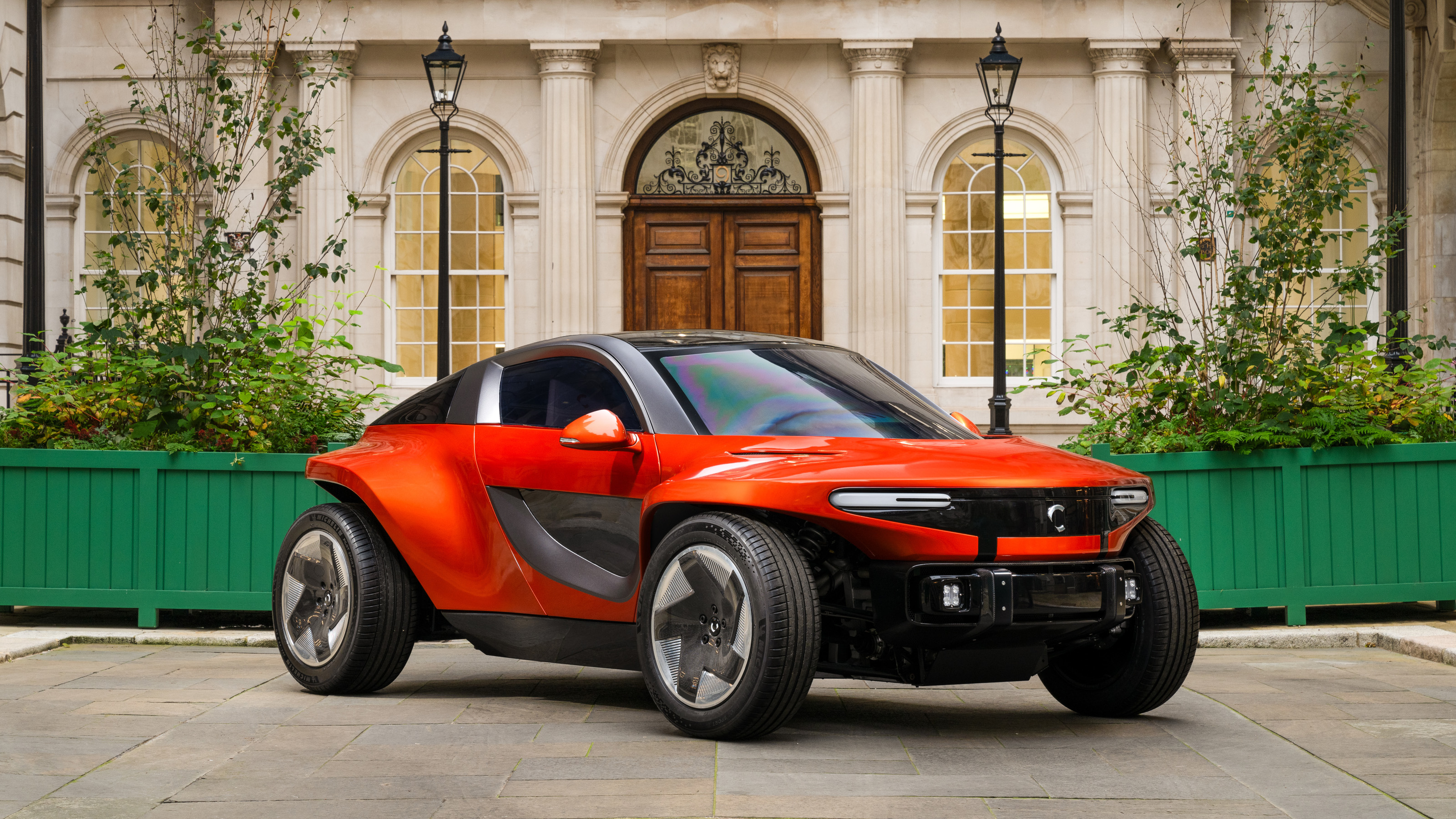 The exclusive Callum Skye EV reveals its interior style ahead of a 2025 launch
The exclusive Callum Skye EV reveals its interior style ahead of a 2025 launchThe Skye is a bespoke sporting EV with a lightweight ethos and an unconventional design. The forthcoming car now has a fully finished interior
By Jonathan Bell